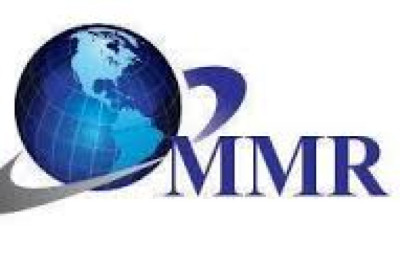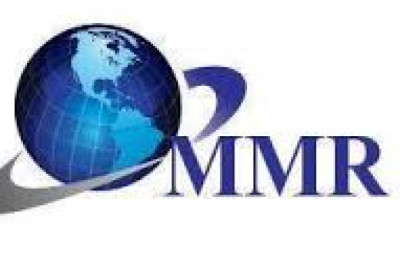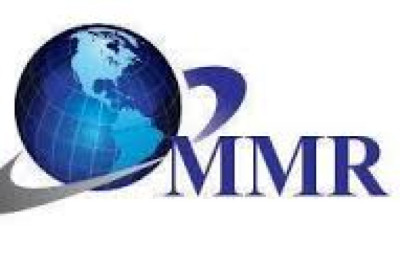views
Every 11 seconds, a ransomware attack strikes a business somewhere in the world. Beyond the immediate headlines that dominate ransomware attack news, these digital assaults are quietly reshaping the global economy in ways that extend far beyond ransom payments.
The financial devastation caused by ransomware attacks represents one of the most pressing economic threats facing modern businesses. While daily hacking news often focuses on high-profile breaches, the cumulative effect of these attacks creates ripple effects that touch every corner of the global marketplace.
Understanding the true economic toll of ransomware requires looking beyond the ransom itself. The hidden costs, long-term consequences, and broader market impacts reveal a crisis that demands immediate attention from business leaders and policymakers alike.
The Real Price Tag: Beyond Ransom Payments
Ransom payments represent just the tip of the iceberg when calculating ransomware's economic impact. While attackers may demand thousands or millions in cryptocurrency, the actual cost to businesses multiplies exponentially.
Operational downtime emerges as the most devastating expense. When systems go offline, revenue stops flowing while expenses continue mounting. Manufacturing companies report losses of up to $50,000 per hour during production shutdowns. Healthcare facilities face even steeper costs as critical services become unavailable.
Recovery efforts consume massive resources. IT teams work around the clock to rebuild systems, restore data, and implement security patches. External consultants, forensic investigators, and legal experts add to the growing expense list. Organizations typically spend 10 times the ransom amount on recovery efforts alone.
Regulatory fines and legal costs compound the financial damage. Companies operating in regulated industries face penalties for data breaches and compliance failures. Customer lawsuits and shareholder actions can drag on for years, creating ongoing legal expenses that dwarf initial ransom demands.
Industry-Specific Vulnerabilities and Losses
Different sectors experience varying levels of economic impact from ransomware attack news. Healthcare organizations face unique challenges as patient safety concerns override typical business continuity plans. Hospitals report average recovery costs exceeding $10 million per incident, with some cases reaching $100 million when considering long-term reputation damage and patient diversion costs.
Manufacturing companies struggle with complex supply chain disruptions. A single ransomware attack on a key supplier can halt production across multiple facilities and countries. The automotive industry has experienced particularly severe impacts, with some manufacturers reporting billions in lost revenue from extended production shutdowns.
Financial services institutions face immediate liquidity concerns and regulatory scrutiny. Banking customers quickly lose confidence when digital services become unavailable, leading to deposit withdrawals and long-term customer attrition. Credit unions and smaller financial institutions often lack the resources for rapid recovery, forcing some to consider closure.
Critical infrastructure attacks create cascading economic effects. Energy companies, water utilities, and transportation networks serve as economic multipliers. When these systems fail, entire regions can experience reduced productivity and increased costs across all business sectors.
The Insurance Paradox
Cyber insurance markets reflect ransomware's growing economic impact through rapidly changing policies and premiums. Insurance companies initially viewed cyber coverage as a profitable niche product. However, massive claim payouts have forced dramatic policy revisions.
Premium costs have increased by 50-100% annually for many businesses. Coverage exclusions now include specific ransomware scenarios that were previously covered. Some insurers require extensive security audits and compliance certifications before offering coverage.
The insurance industry's response creates additional economic pressure on businesses. Companies must invest heavily in cybersecurity measures to qualify for coverage, while still facing higher premiums and reduced benefits. This dynamic forces businesses to choose between expensive prevention measures and potentially catastrophic exposure.
Market Confidence and Stock Performance
Public companies experience immediate stock price volatility following ransomware disclosures. Share values typically drop 5-10% in the days following attack announcements. Recovery to pre-incident levels can take months or years, depending on the company's response effectiveness and ongoing operational impacts.
Market confidence extends beyond individual companies to entire sectors. When major attacks target specific industries, investor sentiment shifts away from perceived vulnerable sectors. Technology stocks, healthcare companies, and infrastructure firms have all experienced sector-wide declines following high-profile ransomware incidents.
Merger and acquisition activity slows in sectors experiencing frequent attacks. Due diligence processes now include extensive cybersecurity assessments, adding time and cost to transactions. Some deals collapse entirely when cybersecurity risks are deemed too high.
Global Economic Ripple Effects
Ransomware's economic impact transcends individual companies and industries. International trade suffers when logistics companies and port authorities face system disruptions. Supply chain attacks can trigger shortages and price increases for consumer goods worldwide.
Economic productivity declines as businesses invest increasing resources in cybersecurity rather than growth initiatives. Research and development budgets shift toward defensive technologies instead of innovation. This defensive posture slows economic expansion and technological advancement.
Developing economies face disproportionate impacts from ransomware attacks. Limited cybersecurity infrastructure and recovery resources mean attacks can devastate entire business sectors in smaller countries. International aid and development programs increasingly focus on cybersecurity capacity building rather than traditional economic development.
Building Economic Resilience Against Ransomware
Organizations can minimize ransomware's economic impact through proactive investment in cybersecurity infrastructure. Regular backup systems, employee training programs, and incident response planning reduce both attack likelihood and recovery costs.
Industry collaboration strengthens collective defense capabilities. Information sharing about attack methods and effective countermeasures helps all participants reduce their individual risk exposure. Government partnerships provide access to threat intelligence and recovery resources.
Economic resilience requires balancing security investments with operational efficiency. Companies that integrate cybersecurity into business planning rather than treating it as a separate cost center achieve better protection at lower total cost.
The Path Forward: Economic Security in a Digital Age
Ransomware represents more than a cybersecurity challenge—it threatens economic stability at local, national, and global levels. The attacks that make daily hacking news serve as visible reminders of vulnerabilities that affect every business and consumer.
Addressing ransomware's economic toll requires coordinated action from businesses, governments, and international organizations. Investment in cybersecurity infrastructure, workforce development, and response capabilities will determine whether the global economy can withstand this growing threat.
The cost of inaction far exceeds the investment required for effective defense. Businesses that act now to strengthen their cybersecurity posture will not only protect themselves but contribute to broader economic stability in an increasingly connected world.











